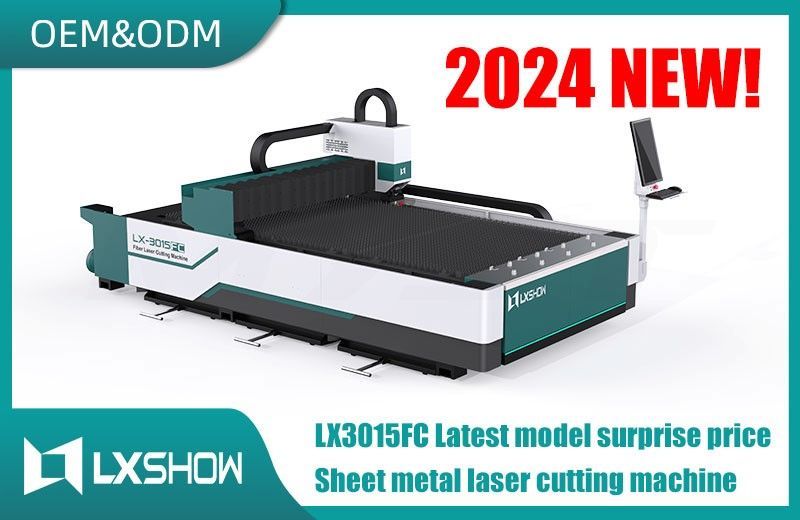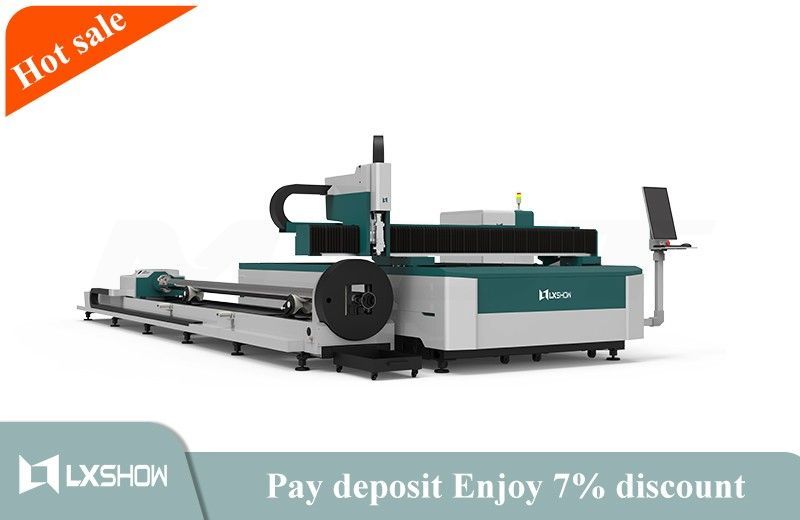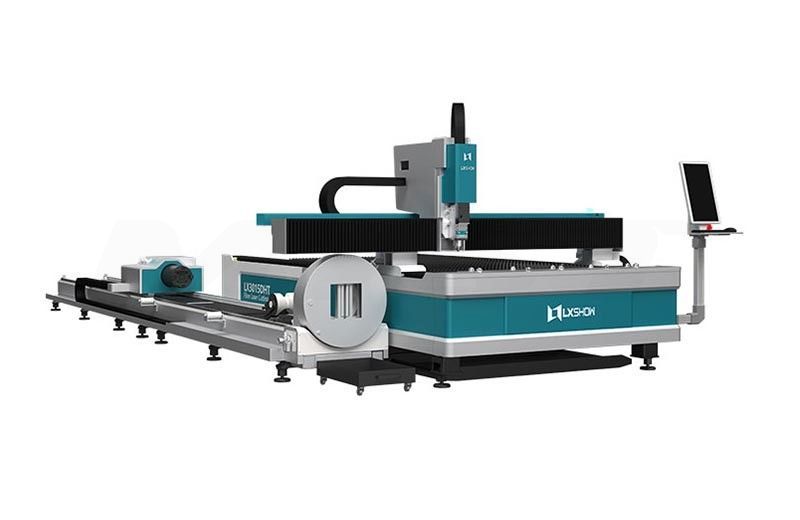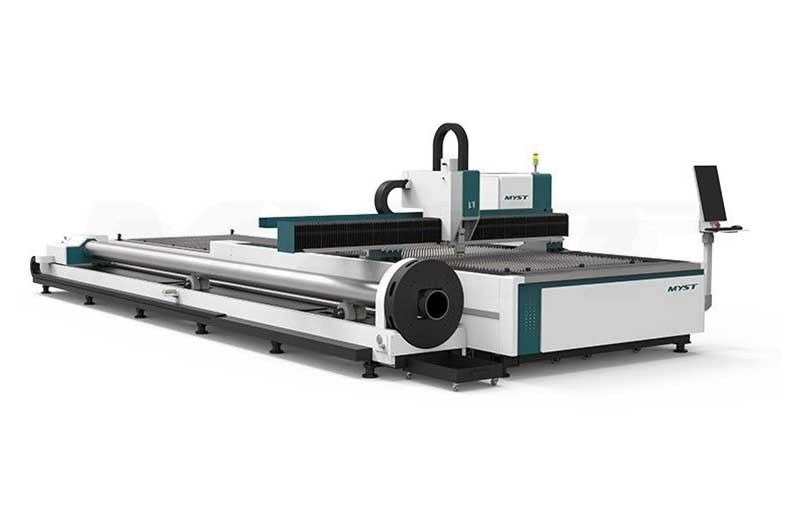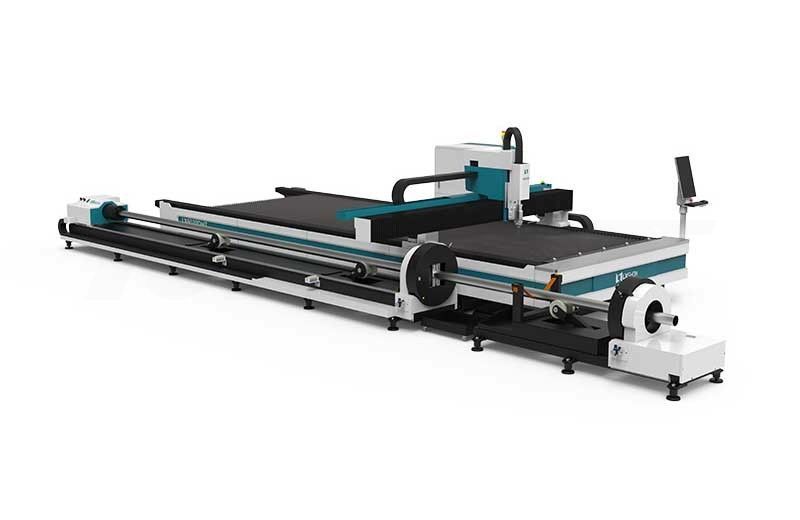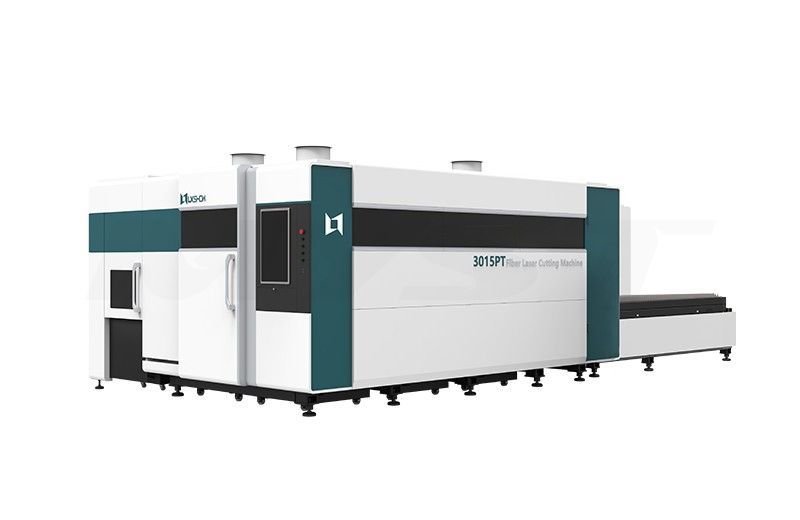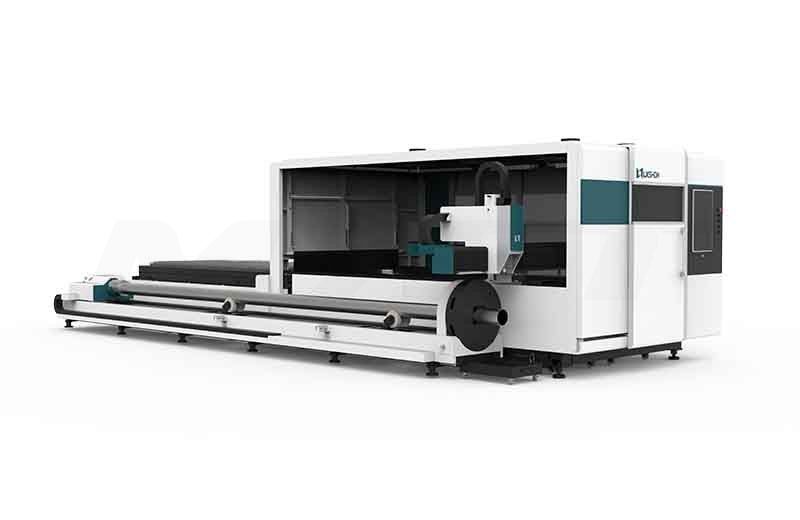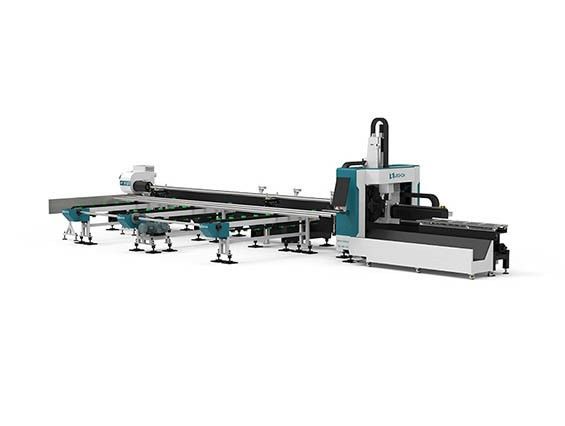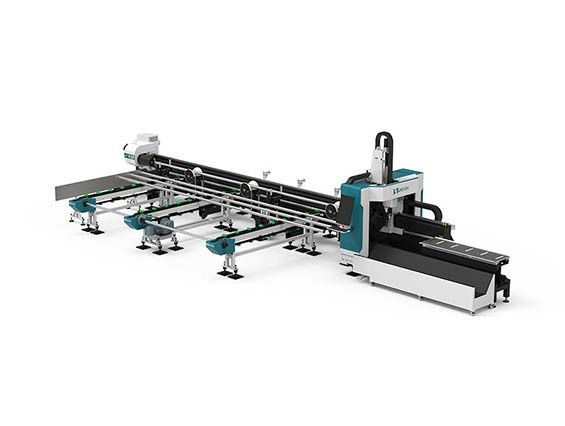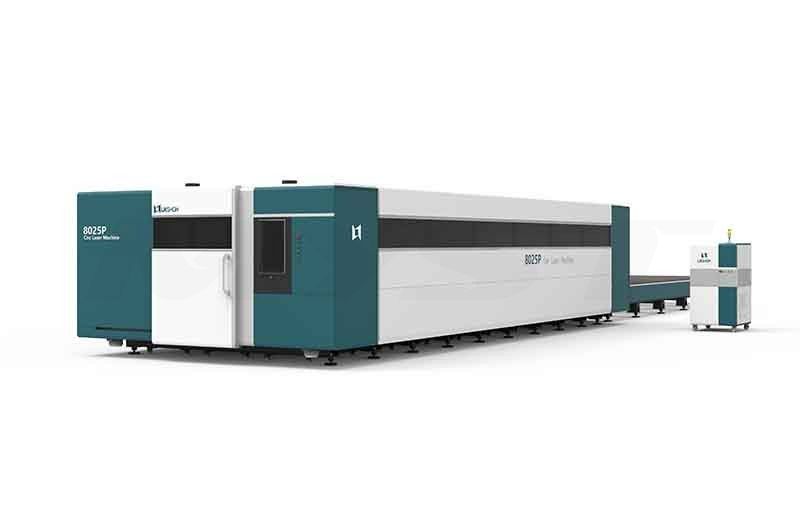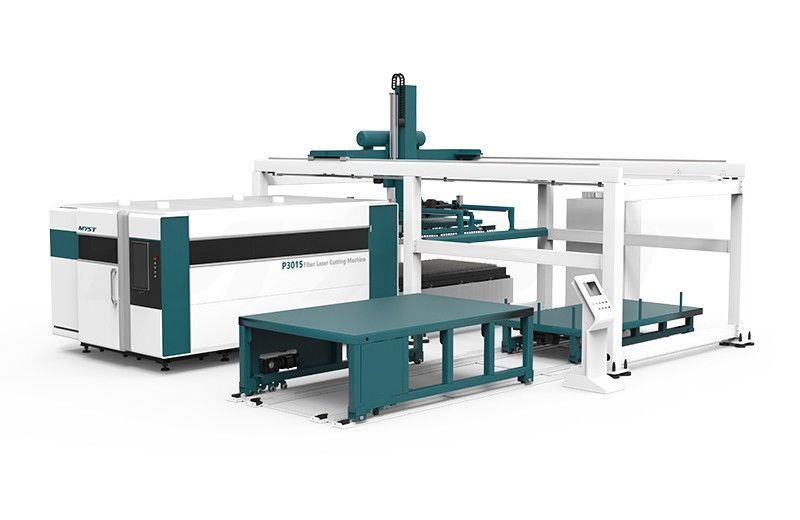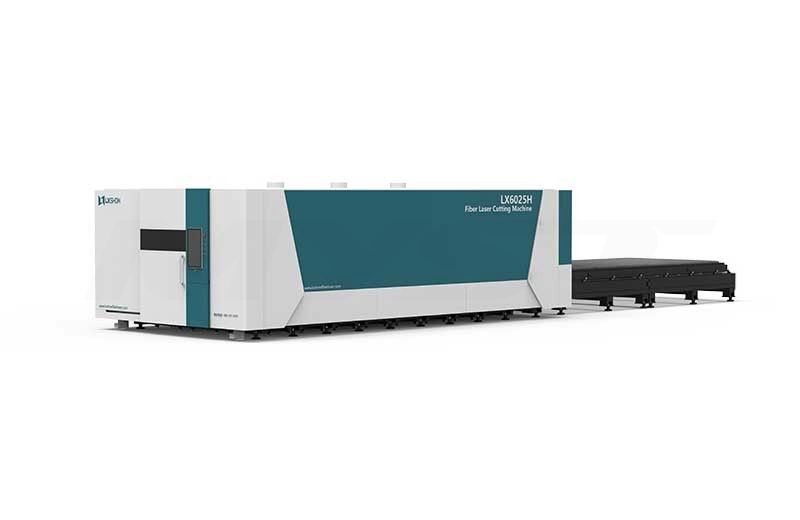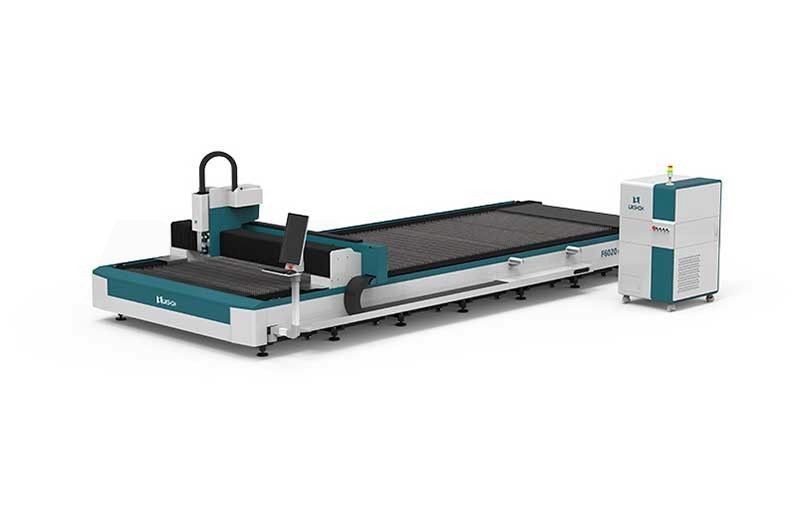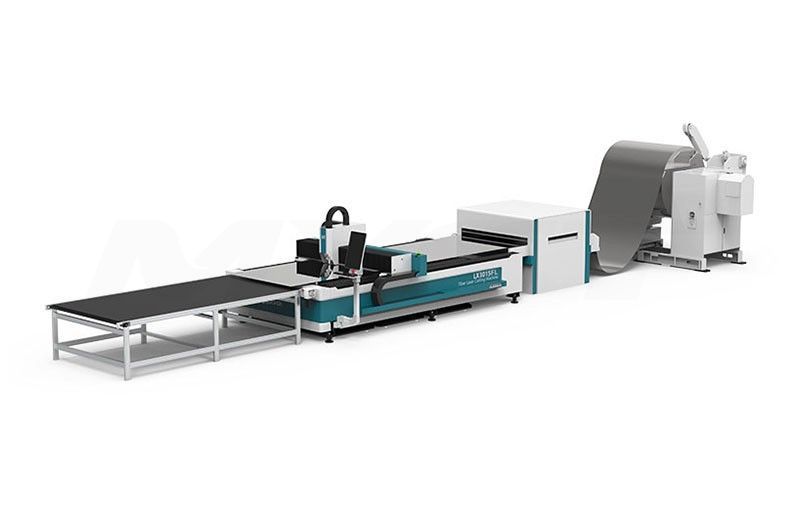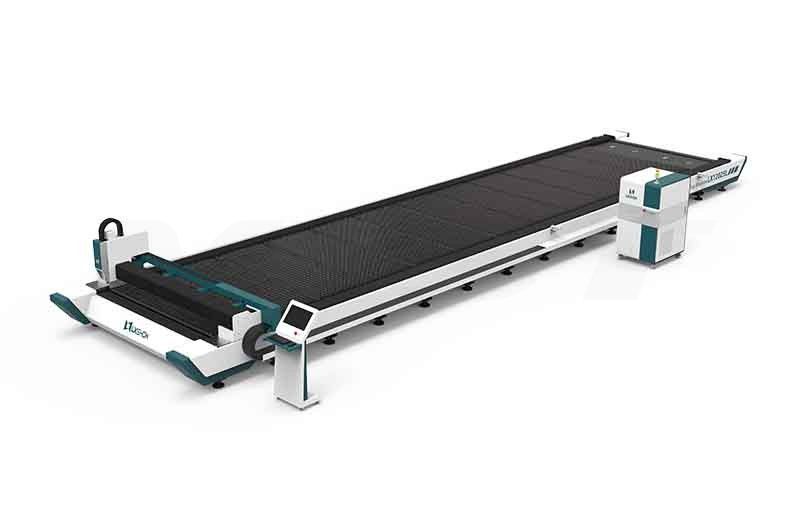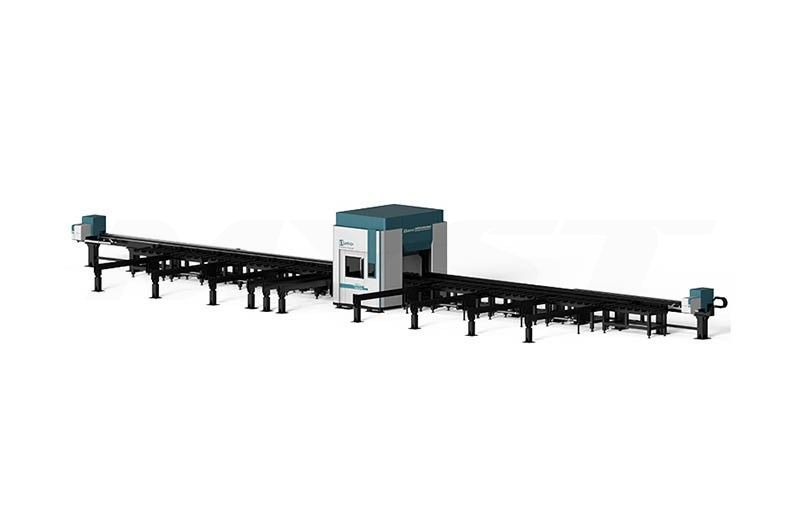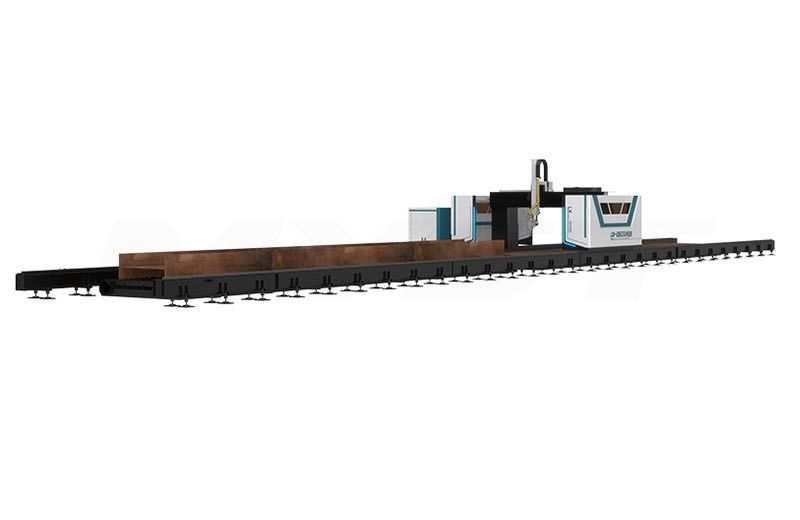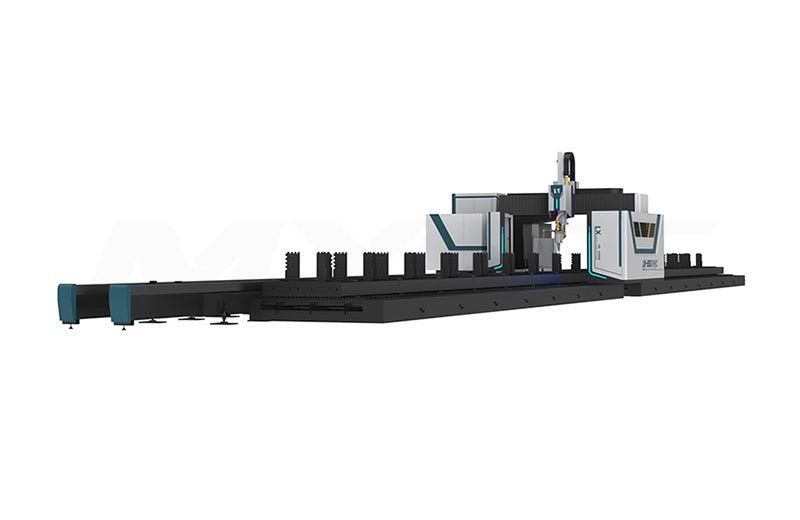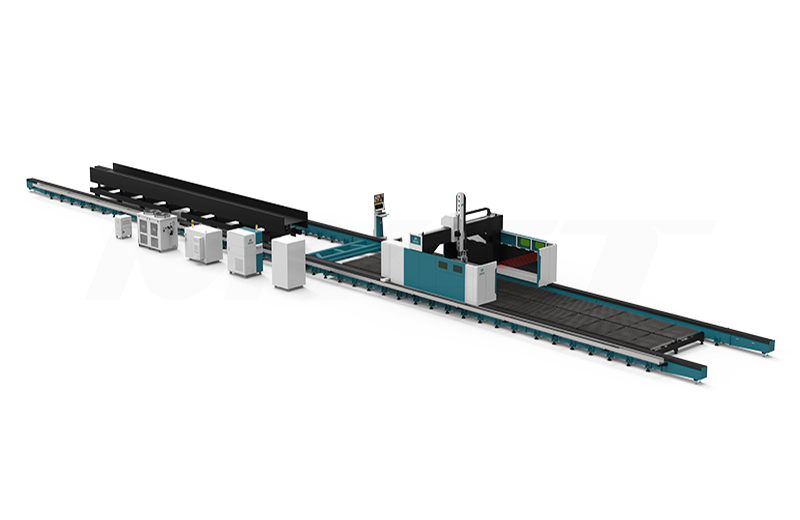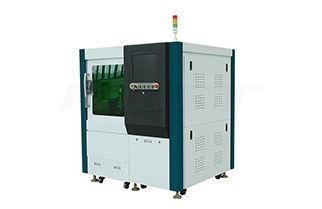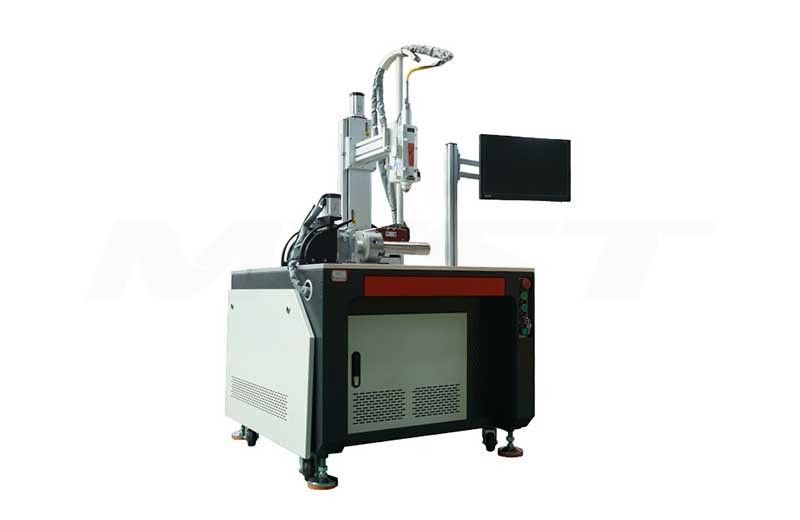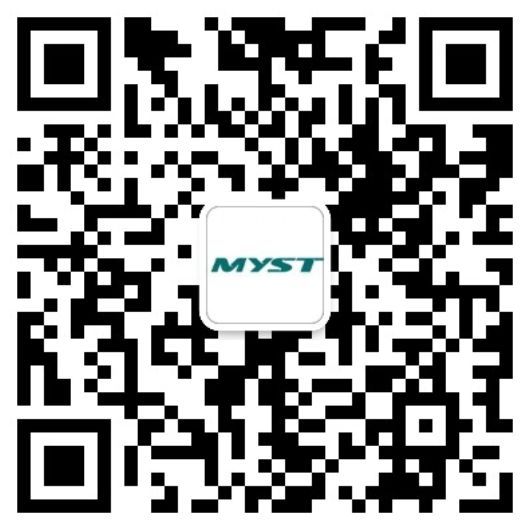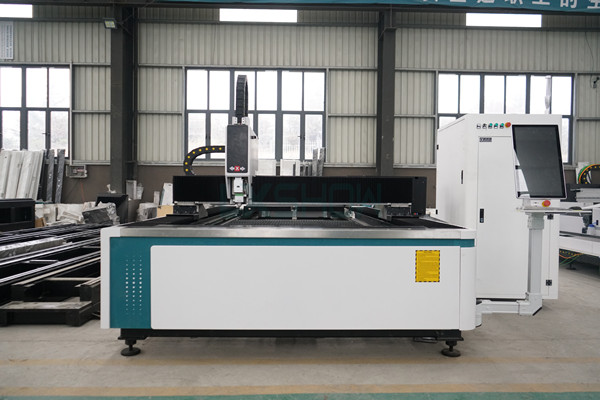
Laser cutting is a technology that involves using a laser to cut materials. This makes it an important process in sheet metal fabrication where it goes as sheet metal laser cutting. Laser cutting is essential because of its compatibility, high precision cutting, and quality assurance.
This article will talk about laser cutting, its history, types. It will then introduce what you need to know about the connection between laser cutting and sheet metal fabrication. Read on.
Contents
I What is Laser Cutting?
II Why is Laser Cutting a Good Fit for Sheet Metal Fabrication?
III Advantages of Laser Cutting for Rapid Prototyping
IV Tips That Can Help You in Laser Cutting Operations
V Rapid Direct Laser Cutting Service
VI Conclusion
VI FAQ
What is Laser Cutting?
Laser cutting is a technology that uses a laser to cut through many materials. It supports a lot of materials, which is a huge advantage over other techniques. Below is an introduction to laser cutting. Its history and how it evolved and segregated into sheet metal laser cutting.
History of Laser Cutting
The first laser cutting machine was made by the Western Electric Engineering Research Center in 1965. The Center used the laser cutter to drill holes in diamond dies. Two years later, the first laser-assisted oxygen jet cutter was made specifically for metals. This jet cutter was an important part of the aerospace industry, especially in its utilization of sheet metal laser cutting. CO2 laser cutters were also developed, but they lacked the power to overcome metals’ thermal conductivity. Therefore, they were not ideal for sheet metal laser cutting. Instead, they were applicable in cutting non-metals, such as textiles.
Types of Laser Cutting
Presently, there are three types of laser cutters. Each one has different properties that make it ideal for different purposes. Some are better for sheet metal laser cutting because they can provide the heat required, while some are used for others that require less power. Below are the three types of lasers.
CO2 Lasers
CO2 lasers are the most common types of lasers. It is not because they are the most powerful or unique. They are less powerful, but this makes them applicable in different small yet common scenarios. They do not have much power. The power rating ranges from 25 to 100 watts with a wavelength of 10.6micrometer. However, there is an exception. Industrial CO2 lasers have a power rating of Kilowatts.
CO2 lasers are more ideal for cutting wood, paper, and some plastics. While they may not be ideal, they are sometimes used as a metal sheet cutting laser.
Fiber Lasers
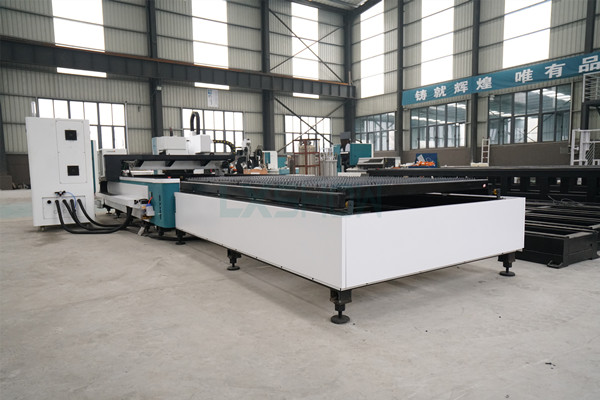
Fiber lasers have a long service life and are maintenance-free when compared to the other two types. They have different functionalities due to the three different pulse settings: beam, quasi, and offer pulsed. Of the fiber lasers, the most common is the MOBA lasers, which are very flexible and useful in different situations. Their functions depend on their power. However, they are still useful in different scenarios. They are ideals for glass, wood, plastic, and sheet metal laser cutting. They are good with thin materials. However, they are not ideal for materials higher than 20 mm.
Nd: YAG/Nd: YVO Lasers
Crystal laser cutting is in two forms: Nd: YAG (neodymium-doped yttrium aluminum garnet) and Nd: YVO (neodymium-doped yttrium ortho-vanadate, YVO4) crystals. Both have high cutting power, life expectancy and are very expensive.
Nd: YVO has the following characteristics:
Higher pump absorption and gain
Broader bandwidth.
A broader wavelength range for pumping
Shorter upper‐state lifetime.
Higher refractive index.
Lower thermal conductivity.
However, in continuous operation, Nd: YVO has an overall similar performance level to Nd: YAG. This is in cases with medium or high power. However, Nd: YVO’s laser life lasts for shorter periods.
They are compatible with non-metals, plastics and are applicable in laser cutting of metal sheets. They have a wavelength of 1.064 micrometers used in the medical and military.
Why is Laser Cutting a Good Fit for Sheet Metal Fabrication?
Relatively Low Cost
Compared to other cutting mechanisms, laser cutting is very cost-effective. Because of the CNC automation involved, labor costs are minimal, as no one needs to operate these machines when they’re in use. Instead, you will simply flip a switch and let it run. Additionally, lasers don’t get dull or worn as other cutting tools do. For this reason, there is no necessary changeover mid-process, leading to better productivity and shorter lead times. When there are minimal interruptions in the cutting process, costs will be lower.
Speed and Efficiency
Lasers can cut through materials very quickly, moving 20-70 inches per minute. The exact speed will depend on tolerances and the intricacy of the parts, however, they move very quickly. Cutting speeds can be increased even more through multi-head lasers or multiple lasers working at once. In addition to fast cutting speeds, laser cutters can work overnight and while operators aren’t around, increasing the overall efficiency of the cutting process. The combination of these factors means that laser cutters will finish parts faster than other cutting processes.
Automation
One of the advantages of laser cutting is that the machines are entirely run by CNC controls. Someone will enter codes into the computer, leading to parts and products with little to no variation and significantly fewer defects. Automation also means that less labor is necessary to operate the machine and carry out its tasks, making the process more efficient. Automation of the cutting process leads to greater efficiency and higher quality products.
High Precision
Laser cutters have highly detailed capabilities, able to create small cuts and tight tolerances. If you need intricate cuts, laser cutters are the best choice. They create smooth, sharp, and clean edges and curves. They will also produce little to no burring because the laser melts the material, rather than cutting it. Laser cutters are a great fit for sheet metal fabrication because they are highly precise and will create accurate, high-quality cuts.
Highly Versatile
The cost of operation, speed of the machine, and easy operation make laser cutters a good fit for any size product. Because laser cutters are accurate and precise, you can be sure that the end result is of the highest quality. Laser cutters can cut through a wide variety of materials, including most metals, making it an ideal option for sheet metal fabrication. They can handle tight tolerances and intricate designs, ensuring that any project is within their reach. Laser cutters are also one of the fastest options for cutting sheet metal, ensuring that your project will be completed on time with minimal disruption.
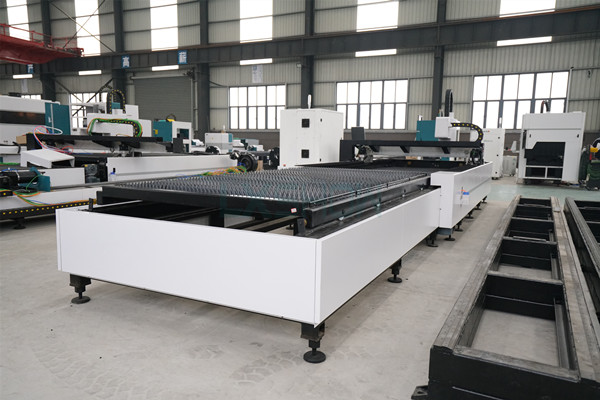
Recommend you LXSHOW LASER LX3015E sheet metal laser cutting machine. LXSHOW LASER LX3015E is a product specially designed for sheet metal laser cutting machine. It has stronger cutting ability and higher cutting precision.
Advantages of Laser Cutting for Rapid Prototyping
Laser cutting is a unique process, especially in rapid prototyping. There is an important need for it in rapid prototyping because of its advantages listed below.
1. Flexibility
Laser cutting operates on a unique and flexible setup. Therefore, making a separate cut does not require a new setup or laser. You can also use the same setup with different shapes and material thicknesses.
2. Precision
When you compare laser cutting to other cutting methods, laser cutting is more accurate.
It has an accuracy of +/-0.1 mm, which says much about its high precision.
3. Speed
Laser cutting has a higher speed than other traditional methods. It does not matter the complexity of the cuts. The speed of cutting up to 10mm thickness is better than all thermal cutting methods. However, this advantage depends heavily on the laser’s power.
4. Automation
Depending on the manufacturing process where the laser cutter is utilized, there is a sense of automation. A good example is in CNC machining, where automation is highly favored. Automation and other advantages can be further improved by including an experienced machine operator.
5. Quality
Laser cutters are known for the high-quality cut they give. They leave a small burr often due to the type of materials, thickness, and other factors.
6. Versatility
Laser cutting is versatile in the type of materials supported. They are ideal for plastic and sheet metal laser cutting, plastic laser materials. There are also other laser materials. The process is also unique such that you can use one machine is for different jobs. However, this depends on the types of materials.
Tips That Can Help You in Laser Cutting Operations
Laser cutting can be a little challenging. Therefore, you might need some important tips for better results or an enhanced process. Below are few tips you can follow.
1. Choose the Right Material
The right material is the most important thing to note before a laser cutting operation. Choosing a material depends on the properties you want the end product to have. For example, materials have different properties in terms of rigidity, translucency, and flexibility. At Rapid Direct, you will have access to different sheet metal laser cutting, plastics, paper, etc.
2. Spacings Are Important
Spacing is very important in laser cutting to remove the error and get the best result possible. The minimum spacing should be equal to the thickness of the material. For example, in sheet metal laser cutting, if sheet metal is 2 mm thick, the spacing between two paths be 2 mm. It is also important if you are looking at working on different laser-cut sheet metal designs.
3. Choose the Right Thickness
Thickness is an important factor that you must consider in laser cutting operations. It relates directly to the power of the laser. Therefore, the higher the thickness, the less able the laser can penetrate and cut the material. However, increasing the power of the laser at times might increase the likelihood of cutting such material.
4. Remember the Kerf
The design of the laser makes it important to note what people call Kerf. Kerf is the material that evaporates when the laser beam hits the laser cutting material. It is not only in laser cutting. It is visible in other subtractive machining processes. Kerf laser cutting occurs due to the thickness of the laser beam. It is an important thing to factor in during the designing stage.
5. Prepare Your Text
Not all laser operations require text cutting. However, if you need to incorporate text, you should space the letters of text and write them in large format. This is for a smoother operation and the best result. If the letters are close, they can overlap, leading to an illegible inscription.
Conclusion
Laser cutting is a technology used in rapid prototyping for cutting materials. This article introduces the operation, its history, types, and other things you might know. We believe that you’ve learned one or more things about laser cutting. However, you can trust us at LXSHOW for the best laser cutting services
The Best Fiber Laser Cutting Machine Supplier
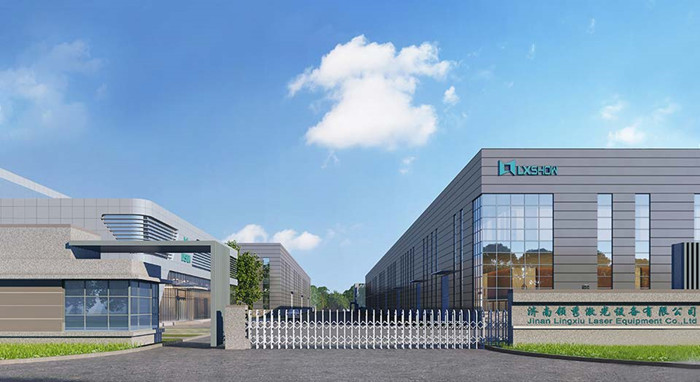
JINAN LXSHOW Laser Equipment company is founded in 2004, After 15 years of development now we have more than 30 seniors experts in the laser industry, 200 skilled workers, 85 sales, 120 after-sales, 30000 square meters factory, Exported to more than 120 countries and regions, OEM service for more than 30 manufactures.
As a leader in laser smart equipment, we focused on providing great technical support and we have one professional laser cutting machine and laser marking machine communication Center.
FAQ
Can you cut metal with a laser?
Yes, you can cut metals with a laser. However, the type of sheet metal laser material you can cut depends on factors such as thickness and laser power.
How thick of metal can a laser cut?
There is a variation in the thickness acceptable by laser cutting. Thin materials are easy to cut, unlike thick materials. However, the most important factor is the power of the laser cutter. With a high-powered laser cutter, you can cut some sheet metal laser materials easily. At Rapid Direct, you can cut carbon steel (<20mm), Stainless steel (<20mm), Aluminum (<10mm), etc.








